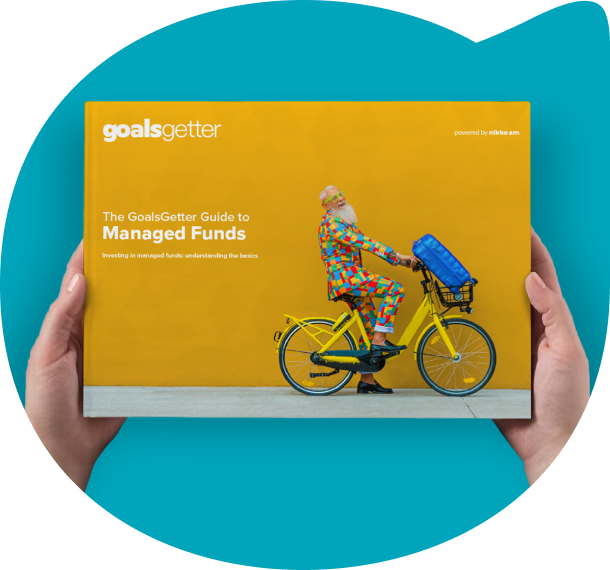Oh Lord's... what if a win comes down to economy rates?
It’s getting to crunch time in the Cricket World Cup, as the Black Caps prepare to take on Australia this weekend to assume bragging rights ahead of the semi-finals. Nikko AM NZ’s Head of Bonds and Currency, Fergus McDonald, compares some of the two rivals’ economic indicators for omens as to who might come out on top with a morale-boosting win…
Round 1: Battle of the Currencies
The Aussies may have been first into bat with a freely floating exchange rate (1983 v 1985), but time at the crease is no guarantee of victory in this game. Indeed since 2000 the NZD has outperformed the AUD, moving from 1 NZD buying 0.798 AUD to the NZD currently buying 0.9487 (as at 7 June 2019).
Verdict: If you believe the currency is an indicator of a country’s wellbeing, on sustained form it’s a clear win for the Kiwis. 1-0.
Round 2: Points of Interest
The Aussie cash rate is currently 1.25%; the NZ rate 1.5%. Both are likely to move lower in 2019. In terms of savings, a three month term deposit rate will currently earn you around 2.5% at a major NZ bank and 2% in Australia. However, for the full story we need to look not just at what investors can earn on money deposited in the bank; but on what the bank will charge you for borrowing from them.
On a floating rate mortgage in Australia, a good quality borrower will pay below 4%. In NZ, this rate would be close to 5.7%. The cost of borrowing in NZ does drop sharply if mortgage rates are fixed for a term, even as short as 6 months. However, it is clear Kiwis are on the losing end of the deal if they continue to borrow on a floating basis.
Verdict: a points win to the Australians. 1-1.
Round 3: The X Factor
Both countries’ share markets have produced positive returns over the past one and five year periods to May 2019. Tellingly however, the NZX50 has significantly outpaced the ASX200.
The NZX50 gained 18% over the past year and 107% over five years, with the ASX200 gaining a more modest 11% and 45% over the same time periods. The best share price gain of any NZ company over the last five years was A2 Milk Co Ltd, which gained a staggering 1926%. The 804% gained over this period by the best of the Aussies, Northern Star Resources, pales by comparison.
Verdict: a clear win to New Zealand. 2-1.
[However, an honourable mention must be made here to the size of Australia’s investment and savings market. The Aussies have AU$2.8 trillion saved for their retirement. Kiwis by comparison have $57 Billion in KiwiSaver. Even taking into account the difference in population, our Australian cousins are better prepared, financially at least, for their golden years than us Kiwis.]
Round 4: Willkommen, Bienvenue, Welcome
Tourism is important to both countries and both punch above their weight in attracting visitors. Notwithstanding some understandable partisanship (in my humble opinion, a tender Canterbury lamb beats a tough kangaroo steak on any plate), I have to concede that both countries are great hosts, with a rich array of food, wine and tourist attractions on offer.
Verdict: a high score draw, with honours shared between a robust Barrossa Valley Shiraz and a refined cool weather Otago Pinot Noir. Still 2-1.
Round 5: WTH (Work, Tax and Housing)
Comparing incomes, living standards and costs between countries is always difficult. The Aussie minimum wage of $19.49 is higher than New Zealand’s $17.70, but according to OECD data, New Zealanders work longer hours: 1756 hours over 2018 on average, as opposed to 1676.
At 10%, Australia has a lower GST rate than New Zealand (15%), and even exempts certain food, healthcare and housing items from this. However, Australia’s higher earners are taxed more – 37% on income over $90,000, compared with NZ’s highest marginal tax rate of 33% on income over $70,000.
Both countries’ home ownership rates sit around 65%. Australian home purchasers are, though, liable for stamp duty, which varies from state to state. In New South Wales a $1M property attracts a flat rate of $8,990 plus a rate of 4.5% of the property’s value above a $300,000 threshold. The rate tops out at 7% for properties over $3m. Here in New Zealand of course we don’t have stamp duty; and for the time being neither do we have CGT. But with so many plusses and minuses, it’s hard to pick a winner on this one.
Verdict: a hard-earned (and then taxed) draw.
Howzat?
So there you have it! Not a comprehensive comparison between the two countries, but an insight none the less. Just like on the sports fields, Australia and New Zealand continue to successfully leverage their strengths to punch above their weight in a competitive global environment. There will be wins and losses along the way for both, but I’m giving the Kiwis the nod for this little battle. Let’s hope it’s an omen!
Nikko Asset Management New Zealand Limited (Company No. 606057, FSP22562) is the licensed Investment Manager of Nikko AM NZ Investment Scheme, Nikko AM NZ Wholesale Investment Scheme and the Nikko AM KiwiSaver Scheme. This material has been prepared without taking into account a potential investor’s objectives, financial situation or needs and is not intended to constitute personal financial advice, and must not be relied on as such. The Product Disclosure Statements are available on our website: https://www.nikkoam.co.nz./invest/retail.
.jpg?width=754&name=iStock-1197547515%20(1).jpg)



.png?width=362&name=Blue%20coin%20jar%20featured%20image%20(1).png)

